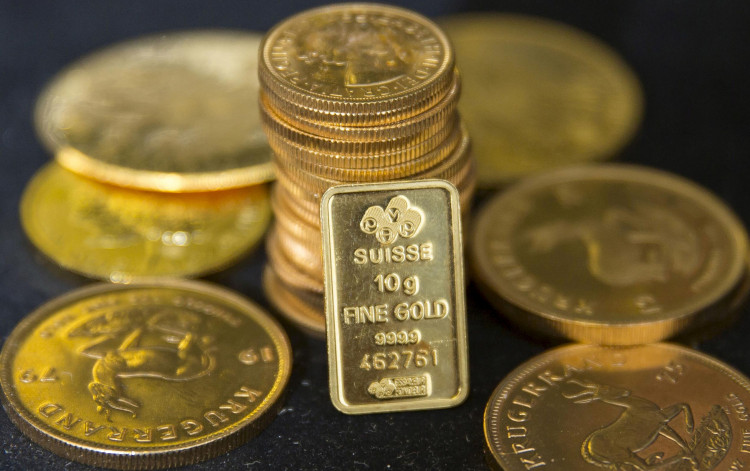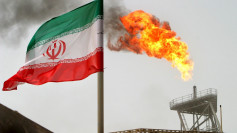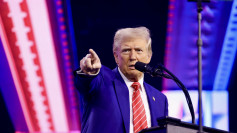The prices of gold quickly spiked after a series of drone attacks on Saudi Arabia's major oil fields elevated fears of a military response by U.S. forces in the oil-rich region.
Traders and investors are now scrambling for safe-haven assets after news of the airstrike broke out that will see central banks including the US Federal Reserve coming out with crucial policy decisions.
Gold futures were up 1.4 percent as investors weighed the impact of the explosions in the world's leading oil producer. US State Secretary Michael Pompeo said Iran is the brains behind the attacks, an allegation quickly denied by Tehran.
Saudi Arabian authorities said initial investigations showed that the weapons used against the key oil facilities were Iranian-made, stopping short of directly putting the blame on the Islamic Republic for the attacks.
Bullion reached a 6-year peak for the month of September, as weak growth and the economic friction between the US and China prompted central banks to ease on interests, with geopolitical tensions aiding the price hikes. After slashing down interests last July, the Federal Reserve is bent on reducing rates anew during its September 17-18 assembly.
Immediately after weekend strikes, US President Donald Trump vowed to help its allies in the Middle East and announced America is "locked and loaded" to deal with the threats, raising the possibility of military action.
Gold futures for December shipment rallied almost 1 percent to end at $1,511.50 per ounce in New York, while silver increased 2.7 percent to $18.026 per ounce. Spot gold was also up at 1 percent. On the New York Mercantile Exchange (NYMEX), palladium and platinum advanced over 1 percent, respectively, before making a reverse.
Heading into the week, precious metals holdings through exchange-traded funds (ETFs) had narrowed in the first seven days on indications that ties between Washington and Beijing were beginning to improve.
Gold holdings were down 17.1 tons over the weekend, the largest weekly decline in terms of tonnage since the first week of March, but the yellow metal is still near the biggest mark since 2013. Money exchanges have also cut down their net-long positions, underscoring a see-saw battle among bullion traders.
According to Jeffry Haley, gold and silver should be major beneficiaries of the anticipated rush for safety, and the looming interest rate reductions by central banks this week. The chief market analyst at Oanda Corporation added that a continued escalation of tensions in the Middle East could see a $1,600 handle for precious metals very soon.






